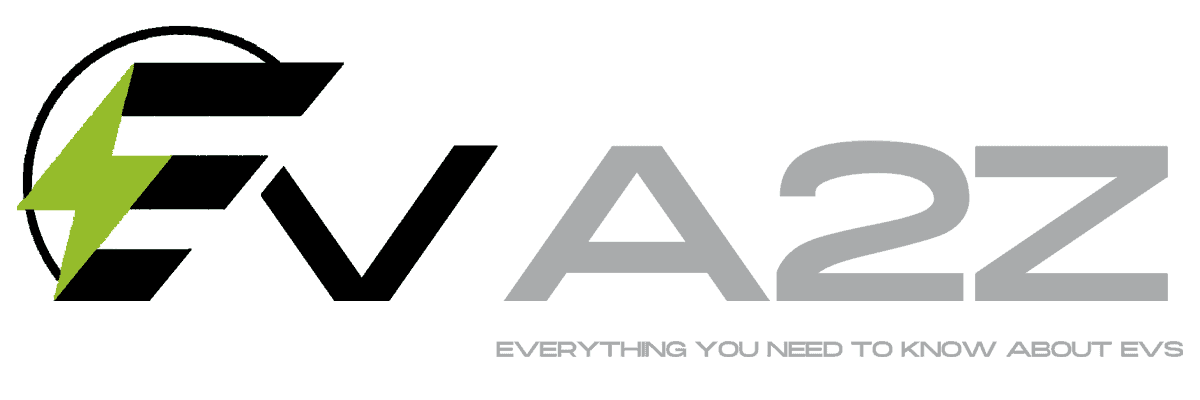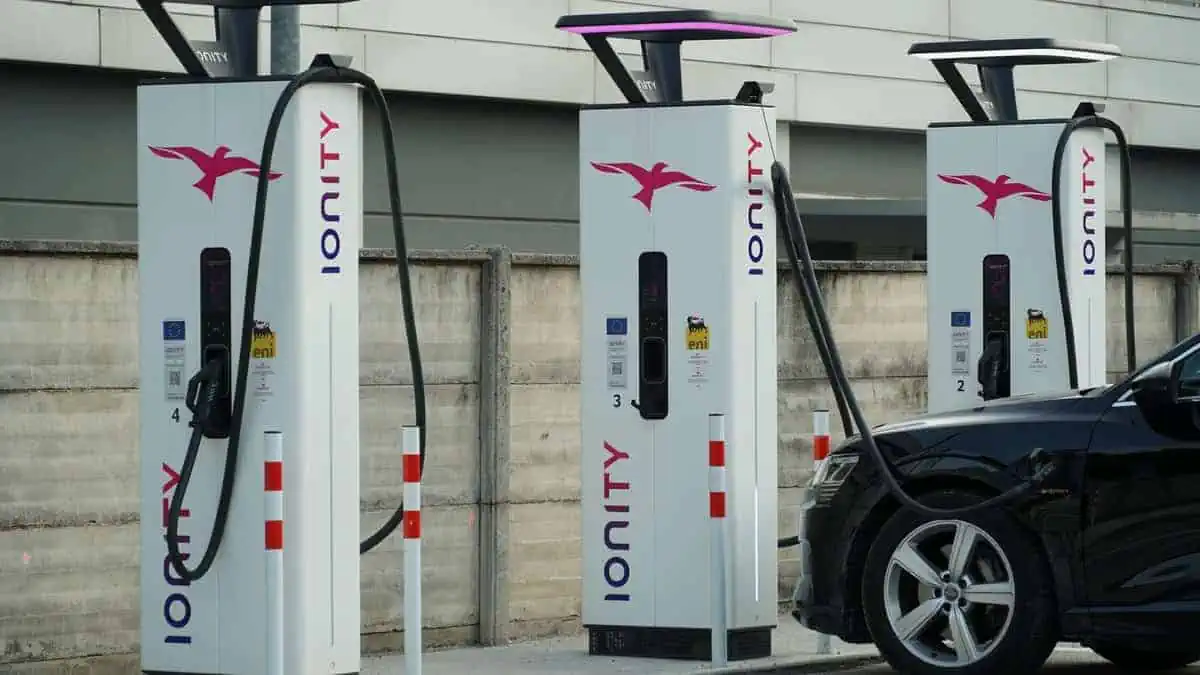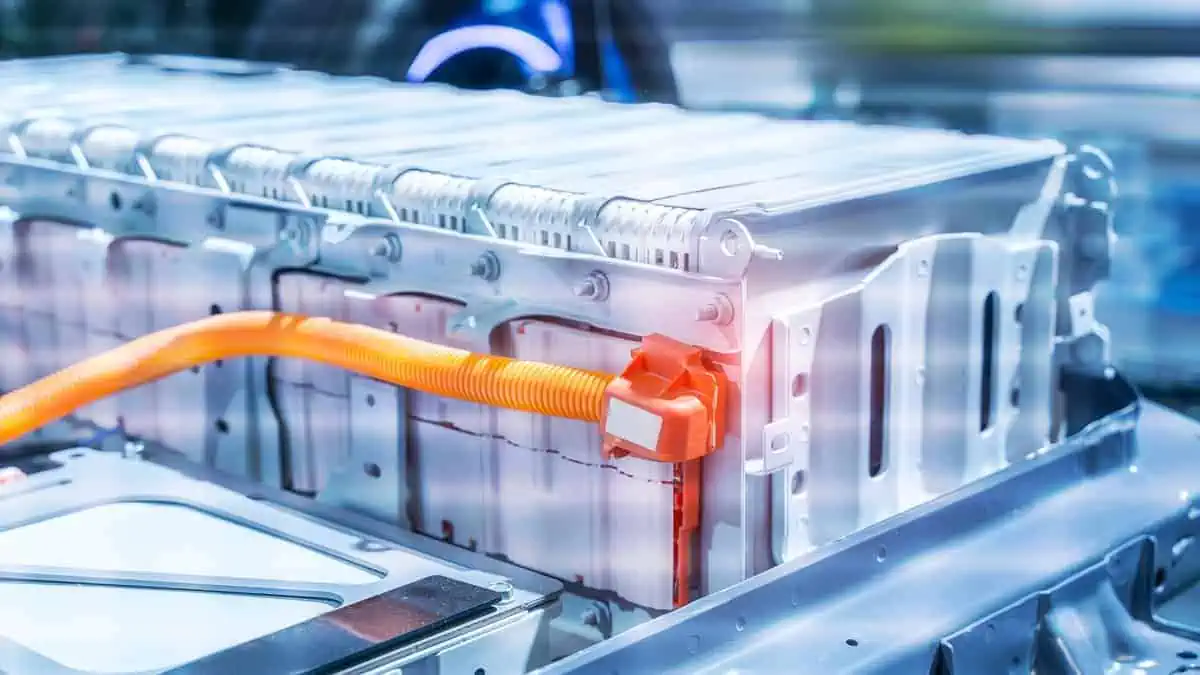The ability to conveniently charge an electric vehicle away from home is a concern for some EV owners, as per Spectrum.
A 2022 survey by Forbes of EV owners indicates that 62% of respondents are anxious about their EV range causing travel plans to be impacted.
While “range anxiety” may be overblown, the need for a reliable and extensive charging infrastructure isn’t.
Infrastructure terminology can be confusing in itself. For background, a charging station is a specific physical location that consists of one or more charging posts.
A charging post may have one or more ports. Each port could charge a single electric vehicle. Each post may have several types of service connectors to support various EV charging connector standards. And a port may provide different power levels.
The more power supplied, the quicker the vehicle charges. The charging times will differ by model and the EV battery’s state.
Ford states that an F-150 Lightning with “a 150 kW+ DC fast charger, the standard-range 98 kWh pack could charge from 15-80% in about 44 minutes,”
Meanwhile, Hyundai said its IONIQ 5 EV, with a 350 kW charger, “could charge from 10% to 80% in just 18 minutes.”
Looking for a 350-kW charging port is not easy to do. As of this spring, 88% of the 46,000 public charging stations have some 115,000 plus charging ports that support L2 charging, according to US News & World Report.
Notably, Tesla upgrades its 1,500 Supercharger US stations to 300 kW and opens charging to non-Tesla vehicles, but some 40% of DC fast chargers currently only operate at 50 kW.
Forecasts regarding how many chargers and the types needed differ, depending on the assumptions about the types and number of EVs in operation in the US and anywhere else.
Estimations of EVs on the road by 2030
For instance, the International Council on Clean Transportation approximates that there will be 25 million EVs on US roads by 2030, and there will be a need to have 1.3 million workplace L2, 180,000 DC fast-charging ports, and 900,000 public Level 2.
The Edison Electric Institute approximates that there will be 26 million electric vehicles on the road. It also assumes that there will be a need for 2 million public L2, 1.2 million L2 workplace, and 140,000 DC fast charging ports.
And if the US meets the current administration’s goal, half of all new vehicles sold in 2030 should be zero-emissions vehicles, which includes battery electric, plug-in hybrid electric (PHEV), or fuel cell electric vehicle (FCEV).
More charging ports needed for 48 million EVs
For 48 million EVs, there will be a need to have a 675,000 public L2, 553,000 L2 workplace, and 533,000 DC fast charging ports, as per McKinsey & Company.
Regardless of which estimate is closest to reflecting reality, most agree that the number of chargers needed in America within the decade to be at least 20 times more than exists today.
Countries estimate needing more fast-charging ports
At least, this means installing hundreds of charging ports daily for the next decade. In some countries, such as Ireland, approximately, it requires 50 times more fast charging ports than it currently has. In contrast, Australia will need more than that number, given what it currently has in place.
Furthermore, the placement of chargers is crucial. The estimates assume most EV charging will be done at home. The US Department of Energy held that some 80% of EV charging would be done at an EV owner’s residence in the US.
Other studies show that this proportion may be closer to 60%, with only around half of US vehicles with reliable off-street parking at an owned residence.
Additionally, according to the National Association of Home Builders, some 31.4% (or 44 million residences) of households live in multi-family dwellings (condominiums, apartment buildings, mixed-use developments, and townhouses) that may not have any convenient charging choices.
Eliminating “charging deserts” in cities and rural areas, especially in low-income minority places, is a priority needing to be addressed.
At the very least, millions of L2 EV chargers will have to be placed across types of residences in the next decade if electric vehicles grow in the US, which will test local electrical distribution systems’ reliability.
Public charging efforts
Multiple initiatives are ongoing to offer more public EV charging. GM, EVgo, and Pilot and Flying J travel centers partnered to place 3,250 DC fast chargers in the country by 2025.
GM will offer 40,000 L2 chargers at its dealerships in Canada and in the US. The National Electric Highway Coalition (NEHC), a collaboration among 50 utilities in the US, vowed to set thousands of fast chargers in US highways by the end of next year.
Additionally, the Biden Administration committed to offering $5 billion by the federal Infrastructure, Investment, and Jobs Act (IIJA) to the states to aid them in building privately owned EV charging networks of up to 125,000 charging stations and with a minimum of 4 DC fast chargers placed every fifty miles near US interstate highways.
The Act will pay up to 80% of the station and help back the business for five years. Under IIJA funding rules, non-proprietary charging ports can only be supported, and information regarding wait times and charging speeds must be publicly available. The charging infrastructure should also be designed to back future technology advances like electric semi-trailer trucks and autonomous vehicles.
Charging stations
The IIJA funding for charging stations is being given over five years. With most construction beginning in 2023, it would be 2028 when the interstate charging system is completely operational.
However, it may take even longer as another federal IIJA funding requirement says that the EV charging devices must be US built.
With only few EV charging suppliers meeting this requirement, states warn of potential delays as all compete for the resources. EV station software should also be secured, especially since they’re becoming the target of hackers.
Moreover, another IIJA requirement is that the charging stations should be well-maintained. Broken or malfunctioning EV charging posts, except at Tesla’s Superchargers, is becoming a major concern.
A study in California showed that in checking out 657 electric vehicle service connectors at 181 public DF fast charging stations in the San Francisco Bay area, more than 20% of them were “non-functioning.”
A recent JD Power survey backs the study, noting EV owners are increasingly frustrated by a “beleaguered public vehicle charging infrastructure… (where) EV owners continue to be faced with charging station equipment that is inoperable.”
Similarly, Ford is concerned that it takes to check out EV stations itself, and if it sees non-functional service connectors, it will identify the issue and inform the station owner. If the problem is not fixed, Ford’s EV station location software would remove the station from its recommendations.
One typical reason for unreliable charging stations is the lack of skilled maintainers and money. Installing DC fast chargers is pricey and can cost upwards of $470,000 – $750,000 for every fast charging station with four ports produced entirely from scratch, like a charging station needing about nine consumers daily to cover its operational costs.
In rural areas, that number may be difficult to meet. Studies note that it’s not unusual for DC fast charging stations to lose money.
However, building an EV station is not easy. Getting zoning approval and permits and dealing with the local utilities, like “soft costs,” can increase the cost and time required to build a station.
California’s state law on EV station permitting
California has passed a state law streamlining EV station permitting years ago. But the law is ignored by local jurisdictions, that’s why the state is next to last to get a permit (New Jersey, another declared EV-friendly state, is last). Even someone as experienced as Tesla has issues.
As Tesla built a ten-million square foot gigafactory in Texas, due to utility interconnection and permitting issues, the company will build it quicker than a supercharger station.
We are going to build that thing faster than we can build a Supercharger (station) just down the road.
Rohan Patel, Senior Global Director, Public Policy and Business Development at Tesla
Charging stations to back future electric tractor-trailers will be a significant challenge for backing warehouses and distribution centers and on the road.
It is approximated that the power requirement of an EV-friendly truck stop and highway plaza would be equal to a small town, per a recent study by National Grid.
The study has looked into future charging station requirements across New York and Massachusetts to comprehend how they might impact its grid infrastructure.
It noted that common highway EV charging sites will need more than 20 fast chargers by 2030 to back passenger EVs, which will begin reaching the maximum load limit of distribution interconnection.
Upgrading processes now before the need exists
After then, some charging sites will be required to see electrical substation upgrades and connect to the high-voltage transmission system.
The National Grid study says that several planned and existing highway plaza and truck sites will need to begin the upgrading process now, even before the need exists.
While charger installation can be completed in a matter of months, larger transmission interconnections and upgrades can take as long as eight years to construct. It shows that the minimum site configuration required by the NEVI program formula funding guidance (four 150-kW chargers) will surpass expected demand across many highway sites in the near future.
National Grid
This implies that many charging sites under the IIJA funding would be undersized nearly from the start.
Additionally, the National Grid study notes that it’s “fortunate” that many New York and Massachusetts highways and high-voltage transmission lines parallel one another, which makes it easier to back the future electrical load requirements. In contrast, others may not be so fortunate.
As EV charging stations grow, it will be crucial to hit a “Goldilocks” number of them. If too many are made too soon, many stations will not be maintained or upgraded or will be closed for lack of profitability. This is happening in Japan.
Too few, and public EV frustration would increase, potentially slowing EV adoption.






